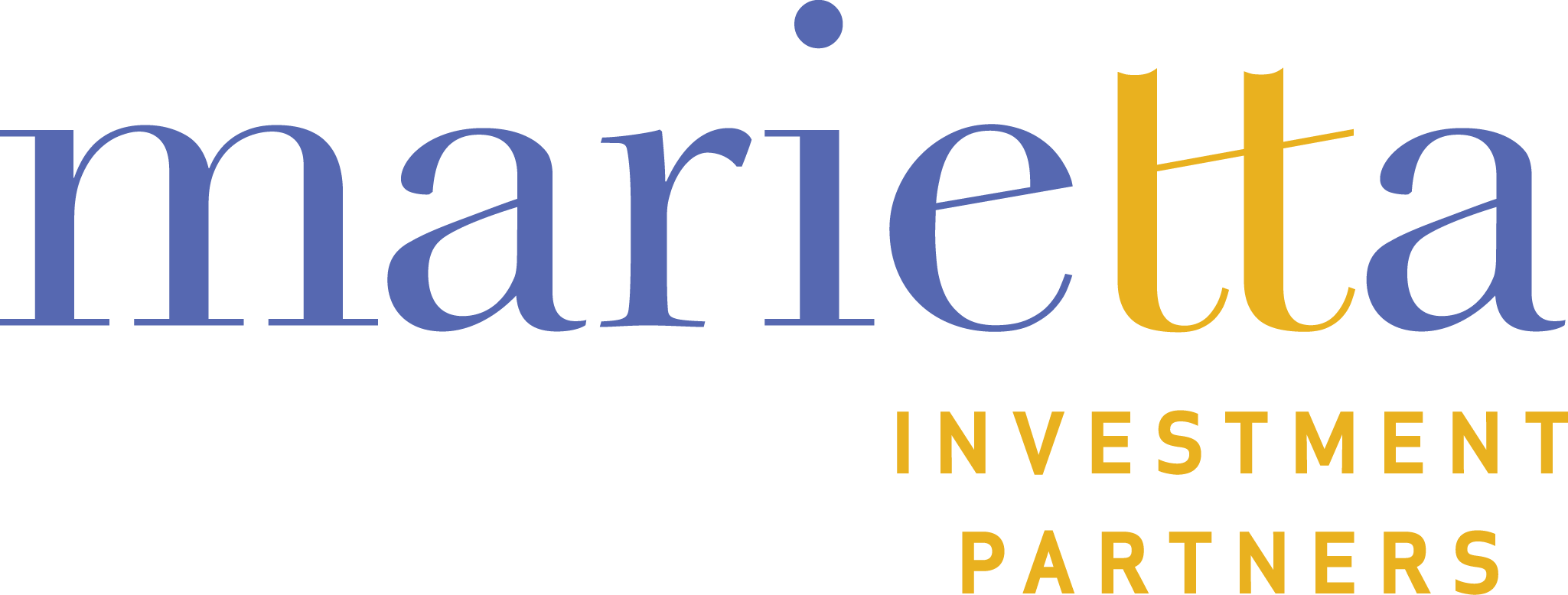Good reading: The Big Short: Inside the Doomsday Machine by Michael Lewis (W. W. Norton, 2010), 264 pp.
In an immensely insightful, entertaining, and readable book, Michael Lewis chronicles the meteoric rise and catastrophic fall of Wall Street’s subprime mortgage market misadventure. This is a sorry saga of gargantuan greed perpetrated by unscrupulous Wall Street firms that in the end plunged the U.S. economy into the worst recession since the Great Depression and threatened a total demolition of the global financial system. Lewis’ vehicle is to spotlight a relatively small and obscure group of quirky investors who separately concluded that the U.S. housing market was a train wreck in the making. They recognized the opportunity for massive profits for those investors courageous enough and patient enough to bet against, i.e. short, the mortgage backed securities invented by Wall Street firms to feed their own avarice.
Lewis is highly critical of almost all the parties connected to the subprime mortgage market (including the mortgage firm executives and their sales forces, the rating agencies, American International Group and other insurance companies, the hedge funds, the U.S. Congress, the Federal Reserve, et.al.), but he reserves his harshest condemnation for Wall Street bond traders. This is a theme first developed 20 years ago by Lewis in his classic Liar’s Poker, which describes the Gordon Gekko investment world of the 1980’s. Once again Lewis reminds readers that the stock market may be the focus of media attention, but it was in the bond market “that it was still possible to make huge sums of money from the fear, and the ignorance, of customers.” Here, in this sparsely regulated and dimly lit cave of opacity and complexity, reptilian traders preyed on their naïve institutional investor victims: “An investor who went from the stock market to the bond market was like a small, furry creature raised on an island without predators removed to a pit full of pythons.”
In order for the Wall Street firms to exploit their customers, it was first necessary to dupe the rating agencies (Standard and Poor’s and Moody’s). In Lewis’ words, this was not much of a challenge: “Wall Street bond trading desks, staffed by people making seven figures a year, set out to coax from the brain dead guys making high five figures a year the highest possible ratings for the worst possible loans.” The irony is that all of the major banks and investment houses on Wall Street eventually failed to recognize the risk involved in manufacturing toxic collateralized debt obligations (CDOs) and suffered fatal multi-billion dollar losses. Lewis asserts that were it not for the U.S. Government and the U.S. taxpayer “all of them, without exception” would have gone bankrupt.
Lewis provokes some interesting investment questions. Let us begin with the observation that it is not true, as some cynics claim, that investing is just another form of gambling in which the odds always favor the Wall Street house. Rather, investing involves the assessment of a security’s risk vs. reward with the understanding, often forgotten by professional investors as well as amateurs, that there is no free lunch on Wall Street. How could highly intelligent, trained, and compensated institutional investors abandon their homework and accept the soothing assurances of Wall Street traders that putting a rating agency’s lipstick on a bond pig suddenly made it beautiful? How could they commit such huge sums of money to recently invented collateralized debt obligations (CDOs) and credit default swaps (CDSs) when their risk and liquidity had not been tested over years of changing economic and market conditions? There seems to be no answer. Why did the Wall Street firms, overflowing with self-proclaimed geniuses, open themselves to such risk thus hastening their own demise? Lewis suggests it was because Wall Street was so busy gorging itself in a profit feeding frenzy that even the suggestion that it might collapse was tantamount to heresy. He adds that many of the top executives had not a clue as to how these new securities were constructed or what risk they entailed and/or they were lied to by their bond trading desks. This is a congenial if not convincing explanation.
The Big Short will not be, and was not intended to be, the comprehensive history of the great financial crisis of 2007-2009, but it is must reading for investors seeking an understanding of what went wrong. Readers will especially appreciate his lucid description of the nuances of the subprime mortgage market and his artful, if overly repetitious, explanation of the complexities of CDOs and CDSs. Most of all, Lewis brings to his narrative a provocative understanding of the driving energy of Wall Street and a gift for telling his story in a very entertaining way. The book is good reading.
